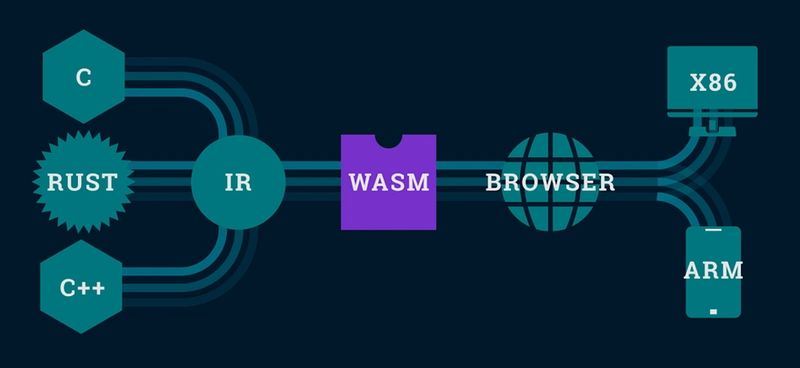Tax Day scam warning - experts say scammers are using AI-generated voices to impersonate IRS, tax officials
With Tax Day in full swing across the US, users are being warned about AI-generated IRS scams.

- Scammers are using AI to impersonate IRS workers and scam taxpayers
- AI is also helping attackers scale rapidly across multiple vectors
- Microsoft shares some simple tips to protect yourself
Scammers are increasingly observed using artificial intelligence to fuel malicious activities, with many opting for AI-generated voice scams and deepfakes to impersonate tax preparers, accountants or IRS officials.
With American citizens partaking in Tax Day, the surge in voice phishing (vishing) attacks means we’re seeing cybercriminals exploiting stolen personal details to convincingly fake identities and scam taxpayers into sharing sensitive financial documents and details.
While consumers have long been familiar with the signs of email phishing, this new attack vector is catching more victims off guard.
Vishing scams are targeting taxpayers
With American citizens partaking in Tax Day on April 15, a new Microsoft Threat Intelligence report hopes to educate users about how they can better protect their data.
Some easy fixes include implementing multi-factor authentication on online accounts and verifying the authenticity of URLs – by re-typing URLs themselves, users can avoid potential scams such as the use of an upper case ‘i’, which is often used in place of a lower case ‘L’ in attacks.
Moreover, citizens should familiarize themselves with verified communication methods – for example, the IRS does not initiate contact via email, text or social media for personal or financial information, so a message like this should immediately sound alarm bells.
Generative AI has allowed scammers to scale their attacks and create highly believable phishing communications, including realistic emails, voice calls and videos. It can be used at all levels of the attack, from deciding what to say or write to crafting content in the form of emails, websites and even voice impersonations.
Fraudsters can even manipulate search rankings to direct victims to fake sites that promise tax refunds, increasing their sense of authenticity.
Other common attacks can include malicious PDF attachments, the use of QR codes and legitimate services like Dropbox, and fake DocuSign landing pages. Engineering, IT and consulting sector workers are among the most likely to be attacked.
You might also like
- Use the best AI tools and best AI writers as a force for good at work
- A "fakeness score" could help people identify AI generated content
- At risk? We’ve listed the best identity theft protection









































































































































































![[The AI Show Episode 144]: ChatGPT’s New Memory, Shopify CEO’s Leaked “AI First” Memo, Google Cloud Next Releases, o3 and o4-mini Coming Soon & Llama 4’s Rocky Launch](https://www.marketingaiinstitute.com/hubfs/ep%20144%20cover.png)






































































































































































































![Blue Archive tier list [April 2025]](https://media.pocketgamer.com/artwork/na-33404-1636469504/blue-archive-screenshot-2.jpg?#)
































.png?#)










-Baldur’s-Gate-3-The-Final-Patch---An-Animated-Short-00-03-43.png?width=1920&height=1920&fit=bounds&quality=70&format=jpg&auto=webp#)











![Nanoleaf Announces New Pegboard Desk Dock With Dual-Sided Lighting [Video]](https://www.iclarified.com/images/news/97030/97030/97030-640.jpg)

























































































































![Apple's Foldable iPhone May Cost Between $2100 and $2300 [Rumor]](https://www.iclarified.com/images/news/97028/97028/97028-640.jpg)
![Apple Releases Public Betas of iOS 18.5, iPadOS 18.5, macOS Sequoia 15.5 [Download]](https://www.iclarified.com/images/news/97024/97024/97024-640.jpg)




































































































































